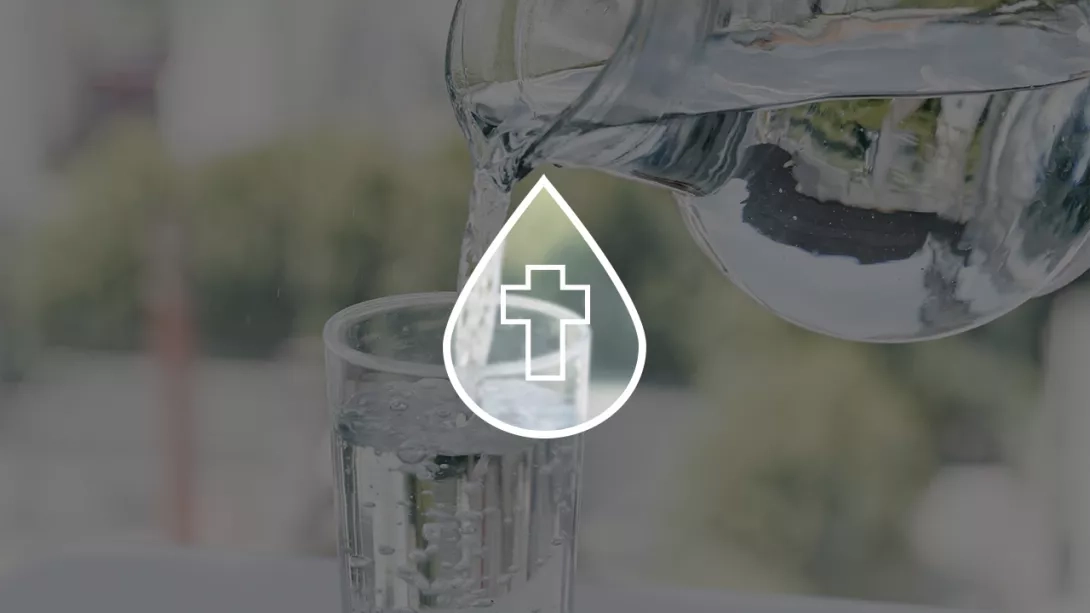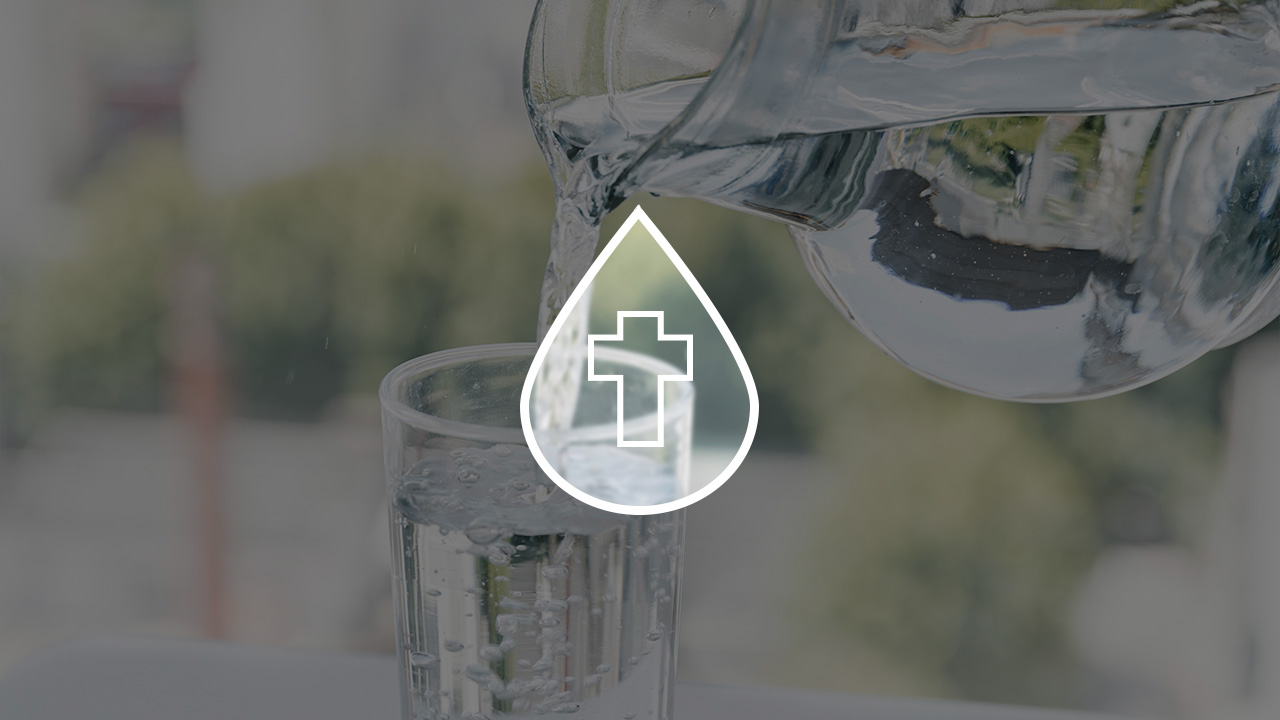Water is a source of life, and it’s no wonder it plays a key role in religious rituals worldwide. In Orthodox Christianity and Catholicism, water is blessed on significant holy days and used in ceremonies like baptisms. Judaism involves ritual cleansing in a mikveh, Hinduism conducts ritual washings and cremations by water, and in Islam, water is seen as a divine gift.
This text offers insights into holy water, its chemical properties, and its reputed healing powers. We intend to inform rather than challenge religious beliefs, especially as many pursue rituals even during challenging times like a global epidemic.
Today, let’s look into the “memory” of holy water, its chemical traits, and the myths around its healing power, some of which may even pose risks.
Where Does Baptismal Water Come From?
Most holy water in churches in large cities is supplied by water utilities. It’s essentially tap water, sometimes of even higher quality as it doesn’t travel through pipes. Larger monasteries and temples may have private wells, though well water can vary significantly in quality and safety.
Unfiltered groundwater should not be consumed directly, even if it’s been blessed. Dangerous bacteria, viruses, and contaminants like nitrates and lead can pose risks to health regardless of religious belief.
How Is the Water Consecration Ritual Performed?
In Orthodox Christianity, water is blessed on Epiphany (January 18) and believed to possess special properties. In Catholicism, water is blessed before the rites of baptism, Easter, or for some saints' days. Additionally, water can be blessed for homes and congregants.
Studies on Epiphany Water
The idea that water has a special “memory” or unique clustered structure has been scientifically debunked. While ice can retain a structured form, liquid water loses these configurations almost instantly after thawing. Studies show that Epiphany water under a microscope is indistinguishable from regular water.
Research also highlights the presence of bacteria in some holy water sources. For instance, a Spanish study titled “Holy Water as a Reservoir of Pathogenic Microorganisms” found over 37 types of pathogens in church fonts. Similarly, a 2012 Austrian study revealed that only 14% of holy water samples met quality standards, with high nitrate levels and coliform bacteria often present in natural water sources at churches.
Can Holy Water Be Used for Healing?
Holy water is often believed to cure various ailments, but most illnesses cannot be cured this way. While faith can indeed provide comfort, serious health conditions require medical attention. For example, in Ethiopia, where holy water is sometimes used to treat HIV, tuberculosis, and other conditions, the reliance on holy water has contributed to the spread of infectious diseases. In some studies, up to 60% of patients turned to holy water over antiretroviral treatments.
Guidelines for Using Holy Water
If you choose to use holy water, remember these basic safety guidelines:
- Only use holy water from known, safe sources.
- Boil it if possible before drinking.
- Avoid drinking any holy water that has been stored for a while.
- For serious illnesses, consult a healthcare professional.








